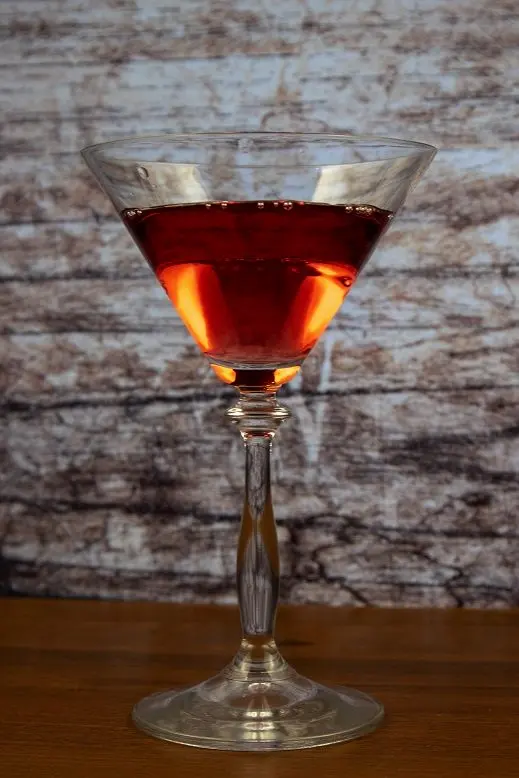For the first time, Russians got acquainted with vermouth back in the days of the USSR, then this drink was made from low-quality wines and it was not popular. Now the situation is different, the Italians have taken the lead in the production of vermouth, the quality of their brands, for example, Martini, Cinzano and Grand Torino, is beyond doubt.
Vermouth (German Wermut – wormwood) – fortified wine with an alcohol content of 11-25% (usually 16-18%) by volume, flavored with an extract of wormwood, yarrow, mint, cinnamon, cardamom, and other herbs and spices.
Since ancient Greece, vermouths have been used as medicinal tinctures and only in the XNUMXth century did they become alcoholic beverages. Red sweet vermouth originated in Italy, and white dry vermouth originated in France, so the two basic types, italian vermouth and french vermouth, indicate the style of the drink, not the country of origin.
The main ingredient of any vermouth is alpine wormwood, which is added up to 50% of the total amount of herbs. Also widely used are: yarrow, mint, cinnamon, cardamom, black elderberry, nutmeg, cinchona bark, citrus peel, tansy, chamomile, cloves, etc. In total, vermouth can contain several dozen ingredients.
First, all additives are dried and crushed, then insisted on alcohol for up to 20 days. The resulting extract is filtered, mixed with a wine base, sugar and alcohol are added. Sugar softens the taste, and alcohol promotes the solubility of the herbal extract in the wine. The finished vermouth is cooled to negative temperatures (up to -5 ° C), filtered, gradually heated to room temperature and bottled.
Popular vermouth brands: Martini, Cinzano, Campari, Dollin, Delasy, Salvatore. This means that “Martini” is just one of the brands of vermouth, and not a separate type of alcoholic beverage, such as vodka, wine or cognac.
Types of vermouth
Each manufacturer has its own product labeling, the following are the generally accepted elements of the classification:
- Secco, Dry (“secco”, “dry”, “dry”) – the sugar content does not exceed 4%;
- Bianco (“Bianco”, “white”) – produced on the basis of white wine, sugar concentration 10-15%;
- Rosso (“Rosso”, “red”) – the basis is red wine, usually sweet drinks containing more than 15% sugar;
- Rose (“Rose”, “pink”) – consists of a mixture of white and red wine, usually contains 10-20% sugar;
- Bitter (“Bitter”, “bitter”) – strong (30-75% vol.) vermouth with a bitter taste, herbs insist on an alcohol basis, there is no wine in the composition or its amount is minimal.
Rules for the use of vermouth
1. Drink vermouth before and after meals, as it excites the appetite well.
2. Vermouths can be combined with other drinks, such as juices or alcohol – vodka, gin, cognac. The optimal proportions are 1:1 or 1:2 (one part of the selected drink and two parts of vermouth).
3. Pure vermouth is drunk from special cocktail glasses (see photo) or whiskey glasses. In this case, it is recommended to eat the drink in small sips, and not drink it in one gulp. Serving temperature – 8-12 °C.

4. Fruits, salted almonds, olives and roasted nuts are great as a snack for vermouth.
5. Dry types of vermouth are not usually combined with other drinks, they are drunk chilled in their pure form.
6. Before use, sweet vermouths are best mixed with lemon juice in a one to one ratio.

7. Vermouth Bianco can be diluted with lemonade, tonic or soda. Thanks to this, their sweet taste is balanced. Red vermouths are usually drunk with ice or diluted with gin and tonic.









